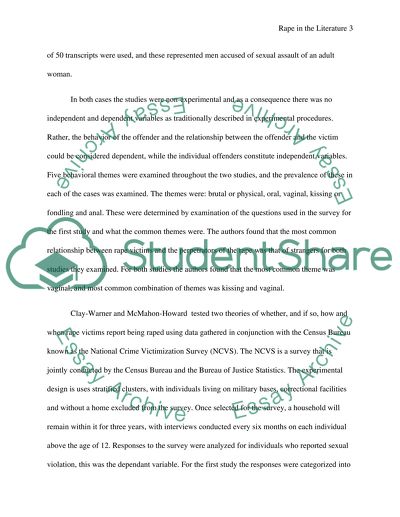Cite this document
(“Rape and Associated Criminological Theories Research Paper”, n.d.)
Retrieved de https://studentshare.org/law/1434198-rape
Retrieved de https://studentshare.org/law/1434198-rape
(Rape and Associated Criminological Theories Research Paper)
https://studentshare.org/law/1434198-rape.
https://studentshare.org/law/1434198-rape.
“Rape and Associated Criminological Theories Research Paper”, n.d. https://studentshare.org/law/1434198-rape.


